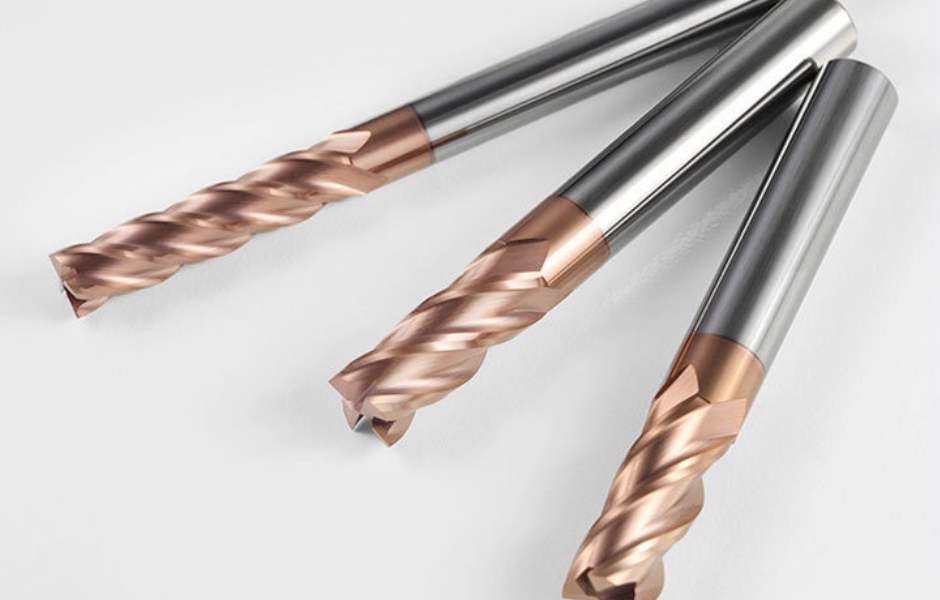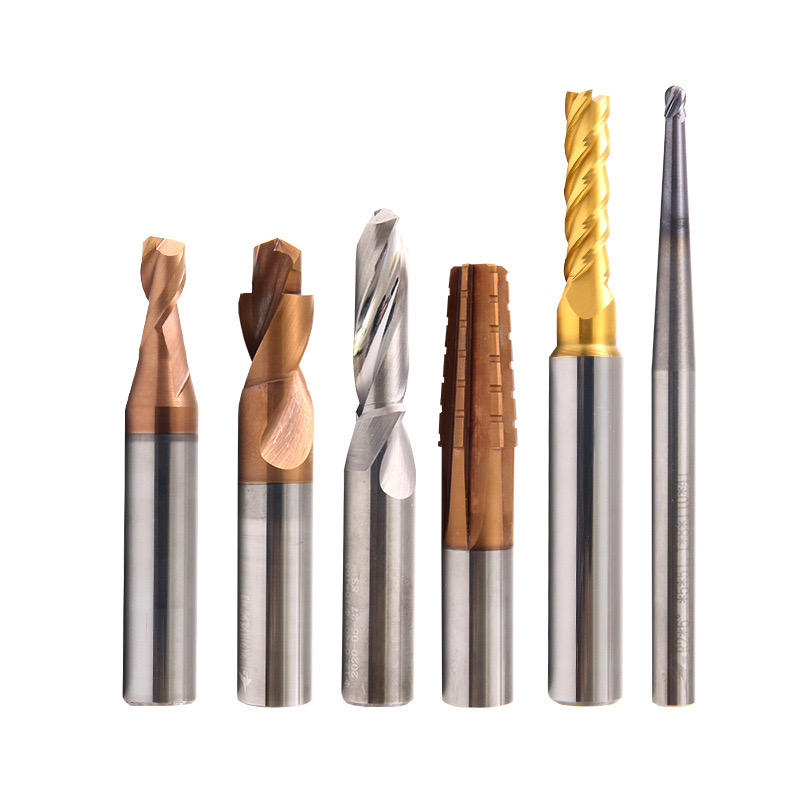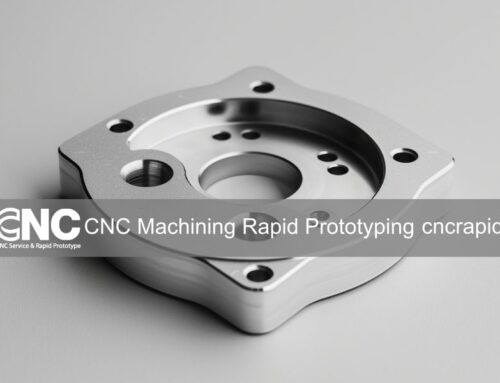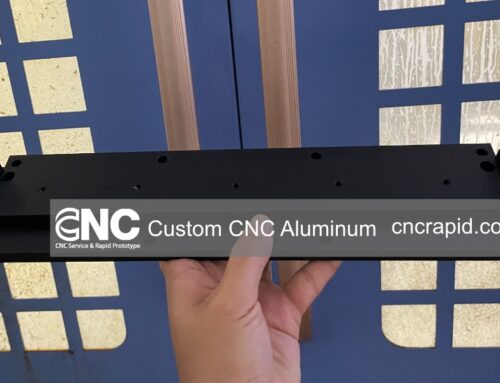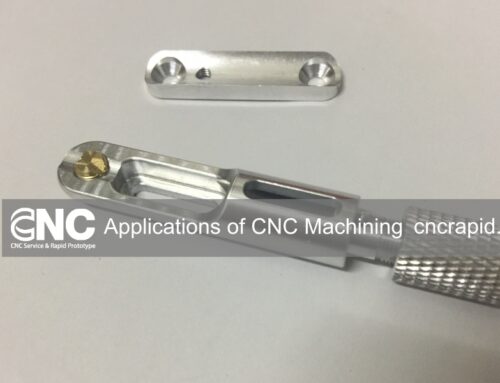CNC (Computer Numerical Control) machining technology has permeated various sectors, notably in the processing of parts with intricate shapes, small-batch single pieces, and those requiring high machining precision. It finds extensive applications across industries such as aerospace, machinery manufacturing, automobile production, and mold manufacturing.
CNC tools, a collective term for various tools utilized in conjunction with CNC machine tools (like machining centers, CNC lathes, CNC boring and milling machines, etc.), emerge as indispensable key supporting products for CNC machine tools. These tools supersede traditional tools by offering advantages like high efficiency, precision, speed, wear resistance, longevity, and superior comprehensive cutting performance.
1. Tool Material Should Possess High Reliability
CNC machining, executed on CNC machine tools or machining centers, demands tools that boast high reliability, extended tool life, stable cutting performance, consistent quality, and high repeatability due to its high cutting speed and automation level. Addressing tool reliability has evolved into a pivotal technology for the successful application of CNC machining. When selecting a CNC machining tool, considerations should extend beyond the reliability of the tool material itself to encompass the tool’s structure and clamping reliability.
2. Tool Material Should Exhibit High Heat Resistance, Thermal Shock Resistance, and High-Temperature Mechanical Properties
In a bid to enhance production efficiency, contemporary CNC machine tools are evolving towards higher speed, rigidity, and power. An increase in cutting speed frequently results in a rise in cutting temperature. Consequently, the tool material must have a high melting point, elevated oxidation temperature, robust heat resistance, and potent thermal shock resistance. Simultaneously, the tool material must also exhibit superior high-temperature mechanical properties, such as strength, hardness, and toughness at elevated temperatures.
3. CNC Tools Must Ensure High Precision
In CNC machining production, it’s imperative that parts achieve their machining accuracy after a single clamping. Thus, tools must be adjusted to the required dimensional accuracy with the assistance of a specialized tool setting device or instrument, before being installed on the machine tool for use. This necessitates that the manufacturing precision of the tool be high. Particularly when using an indexable tool, the dimensional tolerance of the insert and the repeatability of the spatial position of the tool tip after the insert is indexed are subject to stringent accuracy requirements.
4. CNC Tools Should Facilitate Quick Changes
CNC tools must be able to engage and disengage with CNC machine tools swiftly and accurately, and be adaptable to manipulator and robot operations. This demands commendable tool interchangeability, rapid replacement, convenient size adjustment, and reliable installation to minimize pauses induced by tool replacements. The tool’s size should be pre-settable off-machine with the aid of a tool setter to reduce downtime for tool change adjustments. Most contemporary CNC machining centers employ automatic tool changers.
5. CNC Tools Should Be Serialized, Standardized, and Generalized
Minimizing tool specifications is crucial to facilitate CNC programming and tool management, reduce processing costs, enhance production efficiency, establish tool preparation units, conduct centralized management, and handle tool storage, maintenance, pre-adjustment, configuration, and other tasks.
6. CNC Tools Should Adopt Machine Clamp Indexable Tools
The adoption of machine clamp indexable tools in CNC machining is pivotal as they meet the requirements for durability, stability, and ease of adjustment and exchange. The machine clamp ensures that the indexable tool can sustain the demands of CNC machining, providing a reliable and efficient solution for various applications.
7. CNC Tools Should Utilize Multi-Functional Composite Tools and Special Tools
To maximize the technical advantages of CNC machine tools and enhance processing efficiency, the machining of complex parts requires multi-process centralized processing in a single clamping. This approach dilutes the traditional boundaries between different cutting processes such as turning, milling, boring, and threading, presenting an effective method to boost the efficiency of CNC machine tools and expedite product development.
8. CNC Tools Should Reliably Break or Roll Chips
Ensuring the stability of automatic production, CNC machining imposes higher demands on chip processing. When cutting plastic materials, the breaking and curling of chips often become a crucial factor determining the normalcy of CNC machining. Therefore, CNC tools must exhibit excellent chip breaking, chip curling, and chip evacuation performance. The chips should not wrap around the tool or workpiece, affect the machined surface of the workpiece, or obstruct subsequent processes. CNC tools generally adopt certain chip breaking measures (such as reliable chip breaker geometry, chip breaker table, and chip breaker, etc.) to reliably break or roll chips.
9. CNC Tool Materials Should Accommodate the Needs of Difficult-to-Machine Materials and New Material Processing
With technological advancements, high demands are placed on engineering materials, and various engineering materials with high strength, hardness, corrosion resistance, and temperature resistance are increasingly utilized. Most of these are difficult-to-machine materials, which currently account for more than 40% of the workpiece. Therefore, CNC machining tools should be capable of meeting the needs of difficult-to-machine materials and new materials.

